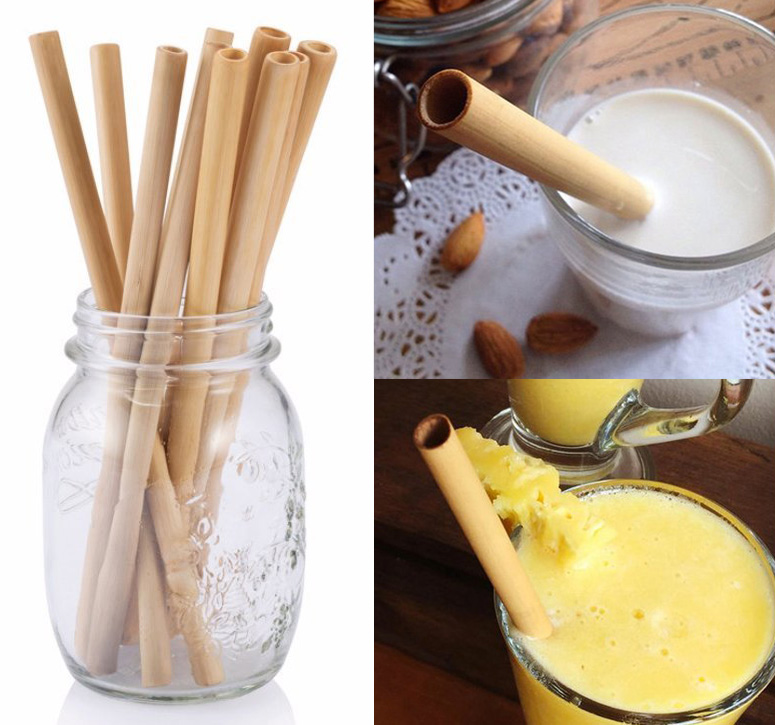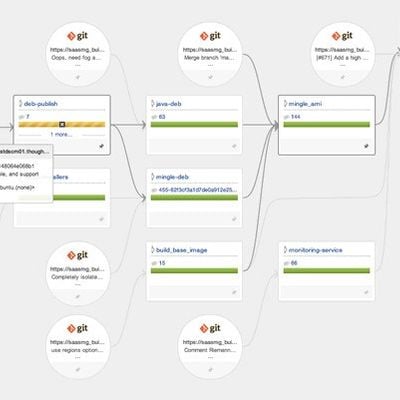

Hemp grows well without the use of pesticides or chemical fertilizers, making it ideal for organic farming.Modal is a variety of rayon fabric made exclusively from the renewable fiber of the beech tree.Lyocell is manufactured from wood pulp in an environmentally friendly closed-loop process.SeaCell fibers, dried seaweed is ground, crushed, and mixed with cellulose.Linen is a durable, hypoallergenic material that becomes softer and stronger, the more it’s used.Organic cotton is grown without harmful chemicals and is considered environmentally sustainable.Well, like with so many things there is no clear answer to this question.

Does that mean they have no actual claims on this? Is bamboo fabric sustainable or not? Bamboo lyocell, also is known as Tencel, is silky, smooth, and very soft, but it isn’t silk.ĭue to the extensive use of chemicals, bamboo loses its properties of being antibacterial and UV resistant.Īre we being lied to? I was totally under the impression that when I buy bamboo, it has these fantastic properties, and most of the companies use that in their marketing strategy. Traditional lyocell is made from wood, but bamboo lyocell is a renewable plant source.

However, I bought some bamboo undies a while back, thinking, if it is bamboo, it has got to be good, right? Its production into fibers has a lower environmental impact than other forms of fiber, especially synthetic ones.ĭoesn’t that sound like the perfect plant to turn into sustainable fabric? So what is all the big hype about? I was always under the impression that bamboo is a sustainable fabric.It grows in a wide range of environments.It is an excellent soil erosion inhibitor.It is a critical element in the balance of oxygen and carbon dioxide in the atmosphere.It sequesters carbon dioxide and is carbon neutral.It produces 35% more oxygen than an equivalent stand of trees.It grows rapidly and can be harvested in 3-5 years.It is grown without pesticides or chemical fertilizers.Some facts about the sustainability of bamboo are:


 0 kommentar(er)
0 kommentar(er)
